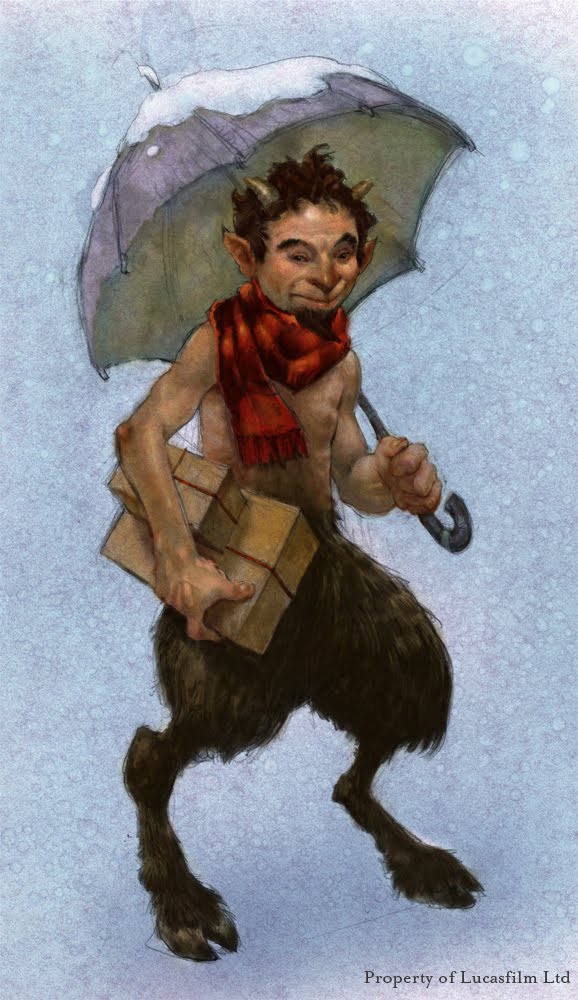I’m a member of a few Facebook groups about audio drama. There is a lot of discussion in these places about the nature of audio drama, how to write them, how to produce them, what good voice acting is, etcetera. It can get quite philosophical at times. The online audio drama community is very passionate as well as very supportive and welcoming to newcomers. Everyone involved knows that we’re a niche of a niche and we’re not in competition with each other. There is a genuine effort to support one another so as to bring the medium into the spotlight. As Matthew McLean, host of the excellent Audio Drama Production Podcast put it, “a rising tide lifts all boats”.
I have some good friends in this community, and I sometimes follow their discussions on audio drama, which can get quite deep and technical, even philosophical. Now, I said “follow”, not “participate”. Once in a while I’ll comment just to show I’m still there, but on the whole, I’m more of a lurker. I notice that very often I just don’t have an opinion on these things. I just have a way of working that I like, which produces the stories that I like. If other people like them as well, then my work is done.
In this article, I’m going to delve a little deeper into what exactly my way of working is. It is not didactic in any way. I don’t believe what works for me works for everyone. I don’t think what I do is how audio storytelling should be done. There is no wrong way to create audio as long as someone gets something positive out of it. What I will describe is just the way I do it and enjoy doing it, and who knows, it might work for you.
Today, I’m going to focus on writing, but in future instalments, I will discuss my approach to sound and voice acting as well.
Writing
Obviously, the very first step is writing. I’ve actually been writing audio drama since I was fourteen years old (not that I would want to show you those original scripts). My stories used to be in Dutch (my mother tongue) for the longest time, so they will not appear on the Audio Epics site. Also, they are clearly the work of a teenager who is trying to make his own Star Wars while struggling to find his own voice. Nevertheless, I never wrote as much as during that period and I look back to those all-nighters very fondly. While there are many things I used to do as a writer that I wouldn’t do anymore today, there are some key concepts that have remained and that I will hold onto.
First of all, my stories have always started from an image and a feeling. I often hear how some writers start their stories from a concept or an idea, for example “What if vampires were out in the open, just like normal people?” or a mixing of two old ideas like Pride & Prejudice mixed with zombies. I don’t think there is anything wrong with this approach but I’m a very different kind of guy. I always start from the setting, from the atmosphere. Atmosphere is one of the main reasons why I enjoy stories and why I enjoy writing them. It’s sort of my thing.

Sleepy Hollow
When I wrote my first English audio drama Darkshire, I was really inspired by Tim Burton’s movie Sleepy Hollow. I loved those dark, misty woods, the gothic atmosphere, and so on. I wanted to tell my own story in a similar atmosphere, but I needed characters and a plot (pesky things!). So I started listening to the music for Sleepy Hollow as well as a lot of other Victorian gothic movie soundtracks like Interview with the Vampire, Bram Stoker’s Dracula and so on. Listening to that music started generating images in my mind. I could see a large mansion in the middle of the woods, with a huge roaring hearth in the library. I could see an old man sitting in his chair there, drinking wine. There was a diamond-shaped black mark around one of his eyes. He was utterly alone in his opulent house in the middle of the dark woods. Then I saw a black carriage passing through the forest under the full moon, and wolves running after it. I saw a tiny hovel between the nightly trees, with cosy yellow light shining behind the windows. I saw a ballroom in the glory days of the Russian nobility. All of these images came together in a jumble, but they were images that appealed to me on some level I cannot explain. I picked the elements I liked best and came up with a general “feel” of the story. The tone was set. From there on, it wasn’t so hard to develop the characters, because they began to grow naturally out of these images and feelings. It’s always good to have very opposed characters. Out of that, conflict inevitably comes, and conflict means story.

Mr Tumnus from The Chronicles of Narnia
I found out C.S. Lewis worked the same way when he wrote the Narnia stories. It’s pretty well known that the first story (The Lion, The Witch and The Wardrobe) began with the image of a faun in the snow, near a lamppost in the middle of the woods. A peculiar image indeed, but a very striking one for the imagination. It became iconic. Lewis also said that he had been dreaming a lot about lions around that period. The great lion Aslan became the very core of his seven-book series. What struck me most was when I read some notes that Lewis had scribbled down in preparation of writing The Voyage of the Dawn Treader, a book in the Narnia series that is all about seafaring adventure. Lewis had written down some plot points and then added “To be a very green and pearly story”.
That little phrase really struck a chord with me, because I could recognise that way of thinking so well. When I started writing Witch Hunter, I wanted it to be a dark, brown and fiery story. I wanted people to smell burning wood when they listened to it. I could see its colours and its textures. Everything else came out of that. It’s very intuitive. I’m not very interested in the rules of storytelling. You figure out what works and what doesn’t as you write more, but what you need first of all, is a sense of identity to your story. What is the overarching feeling that you get from the story? That is what people remember afterwards.
